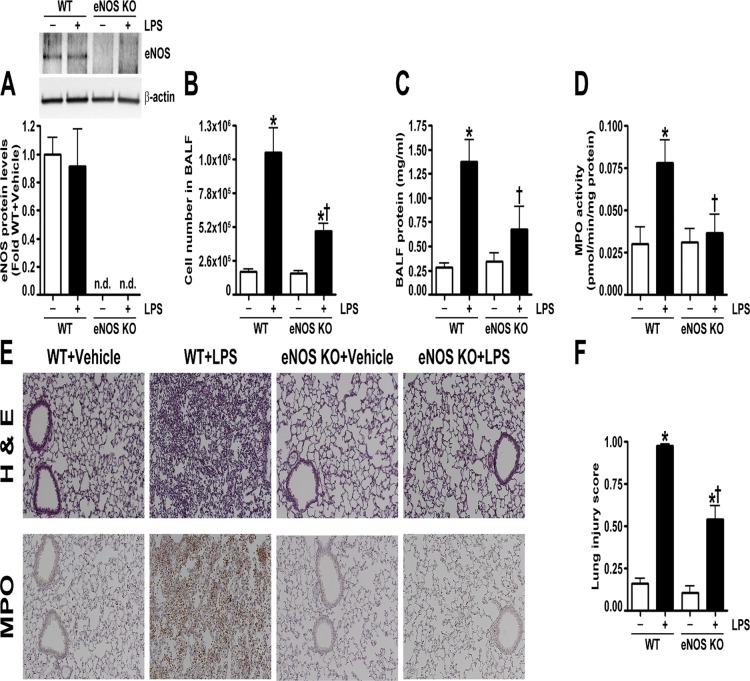Fig 1. Endothelial NOS-/- mice are protected from LPS mediated lung injury.
Wild-type and eNOS-/- mice received either saline (vehicle) or LPS (2 mg/kg body weight) intratracheally. After 24 h, the mice were anesthetized, and the lungs and bronchoalveolar lavage fluid (BALF) were collected. Protein extracts prepared from lung tissue homogenates were subjected to immunoblot analysis and probed with an anti-eNOS antibody. Densitometric analysis indicated that eNOS protein levels did not change in wild-type mice exposed to LPS and confirmed the absence of eNOS expression in eNOS-/- mice (A). Total cell count in the BALF was elevated after LPS exposure in both wild-type and eNOS-/- mice; although, this response was significantly decreased in the BALF of eNOS-/- mice (B). Both the total protein levels in the BALF (C) and MPO activity (D) were increased in LPS treated wild-type mice but not in the BALF of LPS exposed eNOS-/- mice. Lung sections were examined for signs of inflammation after hematoxylin and eosin staining (E), neutrophil infiltration after MPO staining (E), (representative micrographs are shown), and scored for lung injury (F). The inflammatory response induced by LPS in wild-type animals was reduced in eNOS-/- mice, as indicated by significantly less lung MPO staining (E) and a lower lung injury score (F). Values are mean ± SEM, n = 6–10. Not detected (n.d.) *p<0.05 vs. Wild-type+Vehicle, †P<0.05 vs. Wild-type+LPS.

